Maginot Line in Alsace – Visit of the Schoenenbourg Fort
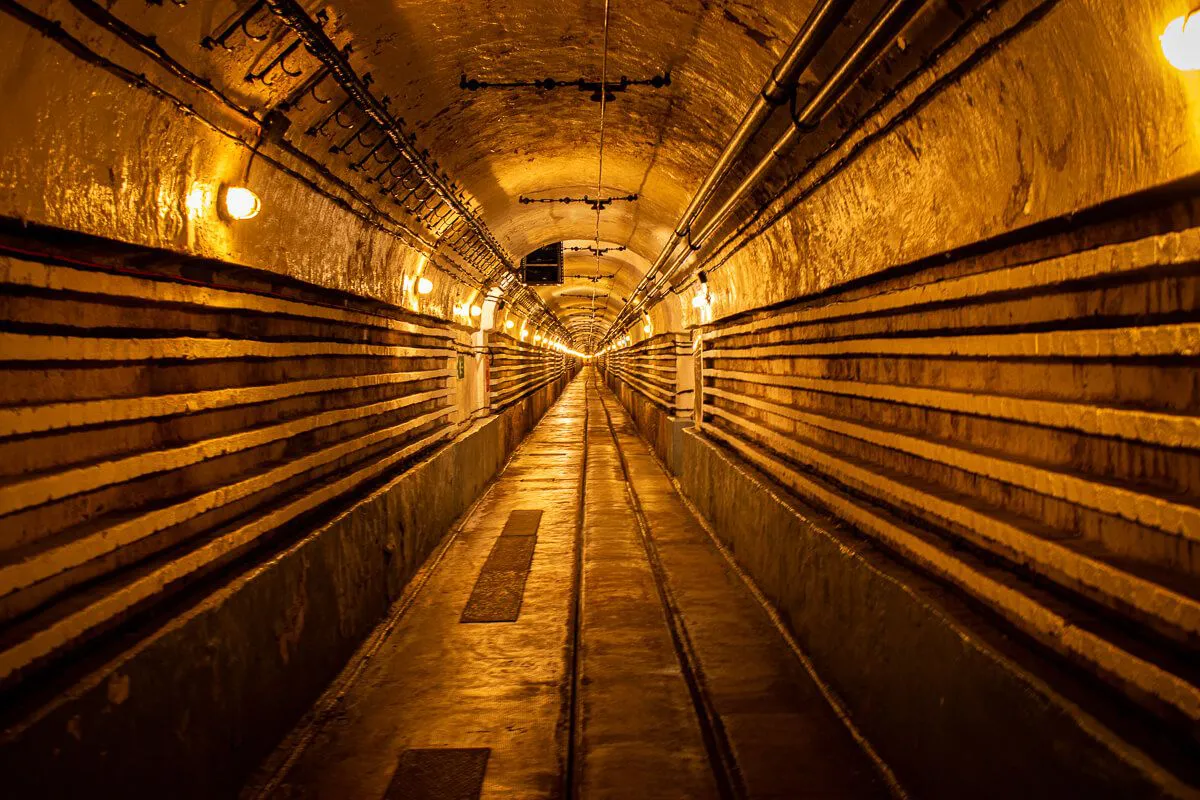
Although I grew up very far from France, visiting the Maginot Line is a childhood dream for the history buff that I am. I had no idea that I would one day be living in Alsace, the region where one of the most important works of the line is open to the public: Fort Schoenenbourg in Hunspach.
History of the Maginot Line
Where is the Maginot Line located?
The Maginot Line is located along the French border with Belgium, Luxembourg, Germany, Switzerland and Italy.
Construction and role of the Maginot Line
The Maginot Line, named after the Minister of War André Maginot, is a line of fortifications built by France along its northeastern border from 1928 to 1940 and is a testament to the trauma of World War I.
We know the rest of the story. France will be quickly defeated in June 1940, and we will have to blame someone… or something! Thus, the Maginot Line is perceived by many as a useless construction.
The defensive line, however, succeeded in its mission:
- Protecting the industrial zone of Alsace and Lorraine
- To allow the mobilization of the French army.
- And most importantly: Avoiding a surprise attack by the German army on French territory!
What is the biggest fort on the Maginot Line?
The two largest forts of the Maginot Line are Fort Hackenberg in Veckring in Moselle (Lorraine) and Fort Schoenenbourg in Hunspach (Alsace).
How long is the Maginot Line?
The large works of the Maginot Line extend over 140km along the north-eastern border.
The Schoenenbourg Fort during the Second World War
For military history enthusiasts, this fort of the Maginot Line is very important from a historical point of view. In June 1940, it was attacked not only by German artillery but also by the Luftwaffe (the air force of Nazi Germany), making it the most bombed construction on the Maginot Line. Do you remember “Big Bertha” from your World War I classes? This artillery piece also participated in the attacks against this construction!
Another interesting fact: although the armistice between France and Nazi Germany was signed on June 22, 1940, Schoenenbourg did not surrender. He was only abandoned by his troops on July 1, 1940, without having surrendered. In fact, the French high command must have told them that the war was over!
The construction was sabotaged by the Werhmacht, the armed forces of Nazi Germany, during the winter retreat of 1944-1945. It was later repaired, but the place was abandoned in 1967. Years later, in 1982, the volunteers of the Association of the Friends of the Maginot Line in Alsace began the long restoration work to bring it back to a state similar to that of 1940, when it was occupied by 630 men.
Where to go to visit the Maginot Line in Alsace?
Fort Schoenenbourg, one of the biggest works of the Maginot Line!
If you have to choose only one work or museum, I advise you to visit the Fort Schoenenbourg to see the Maginot Line in Alsace. It is one of the biggest works of the Maginot Line and it is the most interesting in my opinion!
The fort received its name from the small neighboring village of Schoenenbourg and is the last large artillery fortification in northeastern France, after the Maginot Line; it is formed of casemates. You can also see some of them in the forest of Robertsau in Strasbourg.
Visit of the interior of the Schoenenbourg fort in Hunspach
A visit to the Schoenenbourg fort will take you down to 30 meters below ground. Note that an elevator is available for people with reduced mobility, who can visit about 90% of the fort!
To discover this building, it is better to like walking! This fort has 6 combat blocks, 2 entrance blocks (one for the men and one for the ammunition, through which you enter the fort) and a network of 3 km of underground galleries. One detail I particularly liked about this tour is that there is no specific itinerary to follow, you have complete freedom to visit the fort in any order you like.
The visit will allow you to get an idea of idea of how the soldiers lived underground You can even see the drawings made by the soldiers on the walls, and there is something for everyone, from Mickey Mouse to the French muse of the 1940s, Josephine Baker! Some areas have sound effects to immerse you in the 1940s atmosphere.
If you are passionate about history and architecture, a visit to the Schoenenbourg Fort is a must!
Other sites of remembrance tourism of the Maginot Line in Alsace
My favorite sites to learn more about the subject:
- Path of the Casemates of Boofzheim
- The Forts Trail
- But you can also visit: the lime kiln in Lembach, the shelter museum in Hatten, the casemate 35/3 in Marckolsheim south and the Esch casemate
I liked
- This fort is very typical of the great works of the Maginot Line: if you have to visit only one, I recommend you this one
- This fort was actually used during World War II and saw a lot of action.
- Most of the tour is accessible to everyone.
- At the entrance to the fort, you can visit a combat block (only accessible by stairs), and see how an eclipse turret works. Don’t hesitate to ask the person from the association on site if you can activate it!
I liked a little less
- Despite the ventilation systems, the atmosphere is very humid which can be difficult for people with respiratory problems like me!
- The temperature is low, remember to dress warmly.
- Use comfortable shoes! You will need at least 2 hours to visit this fort.
My photos of Fort Schoenenbourg in Alsace
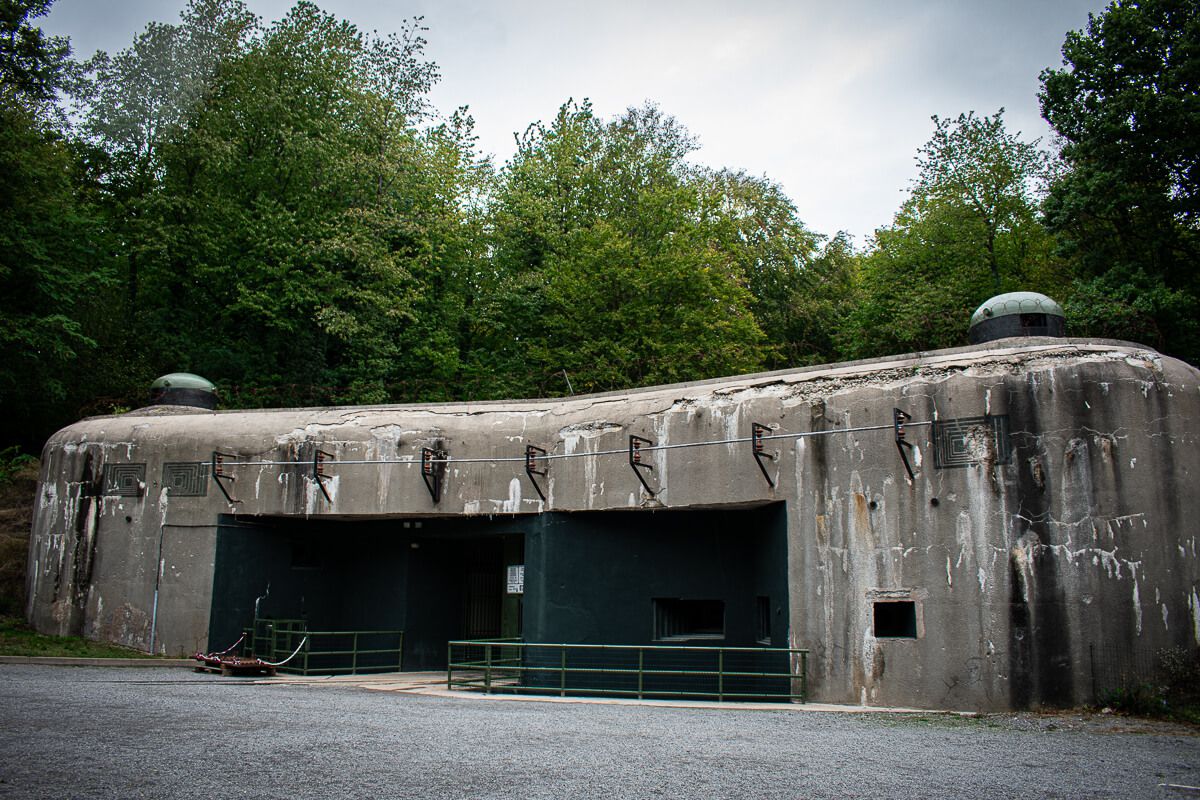


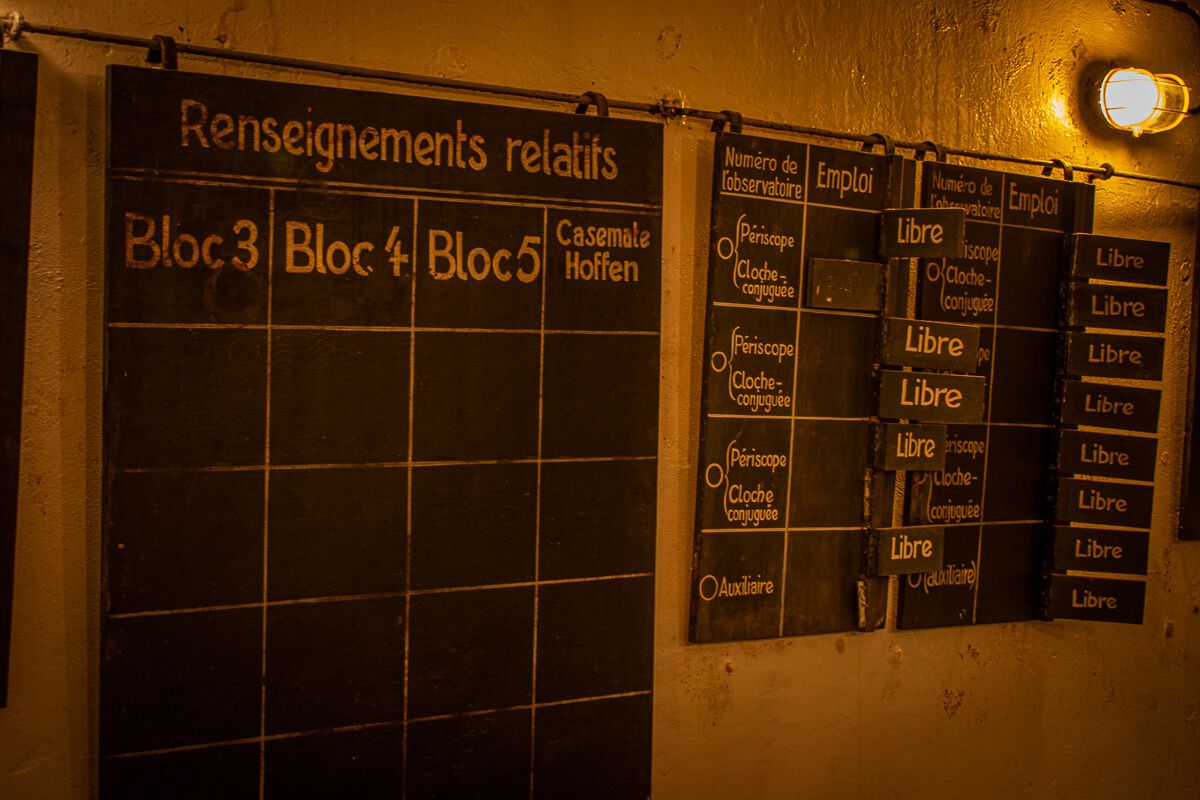

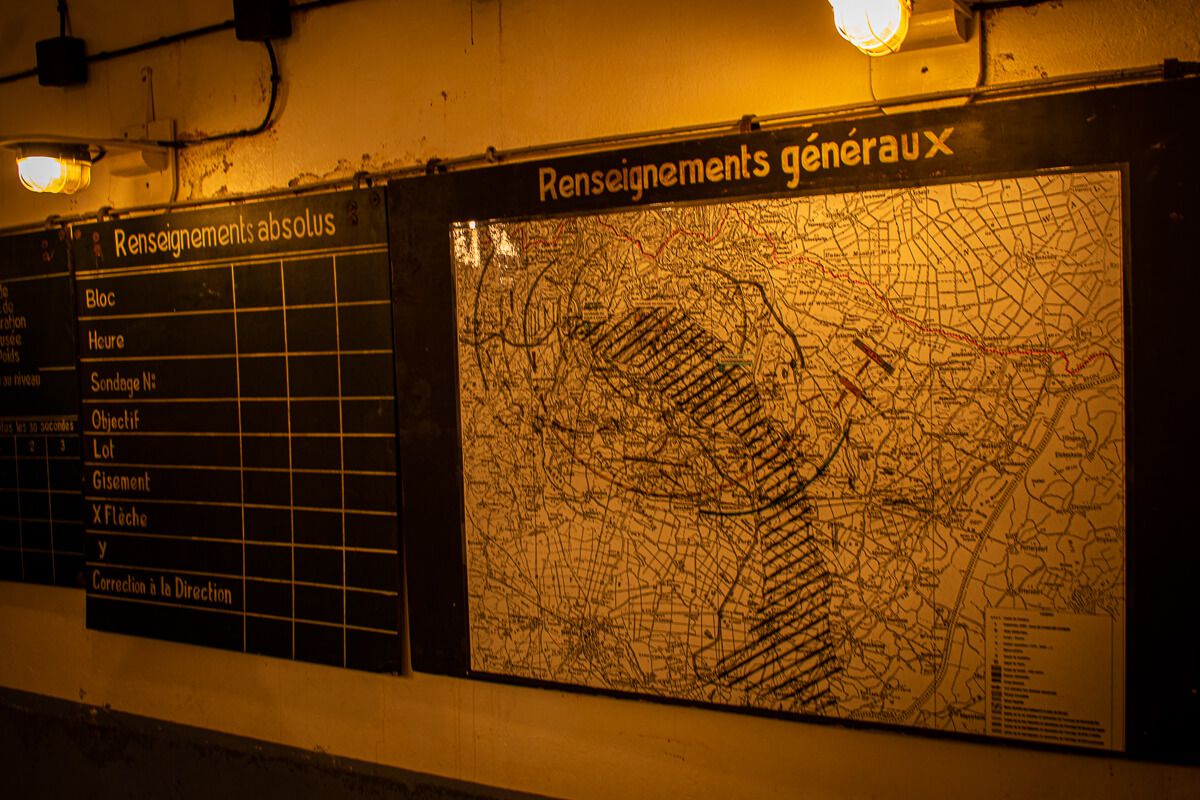



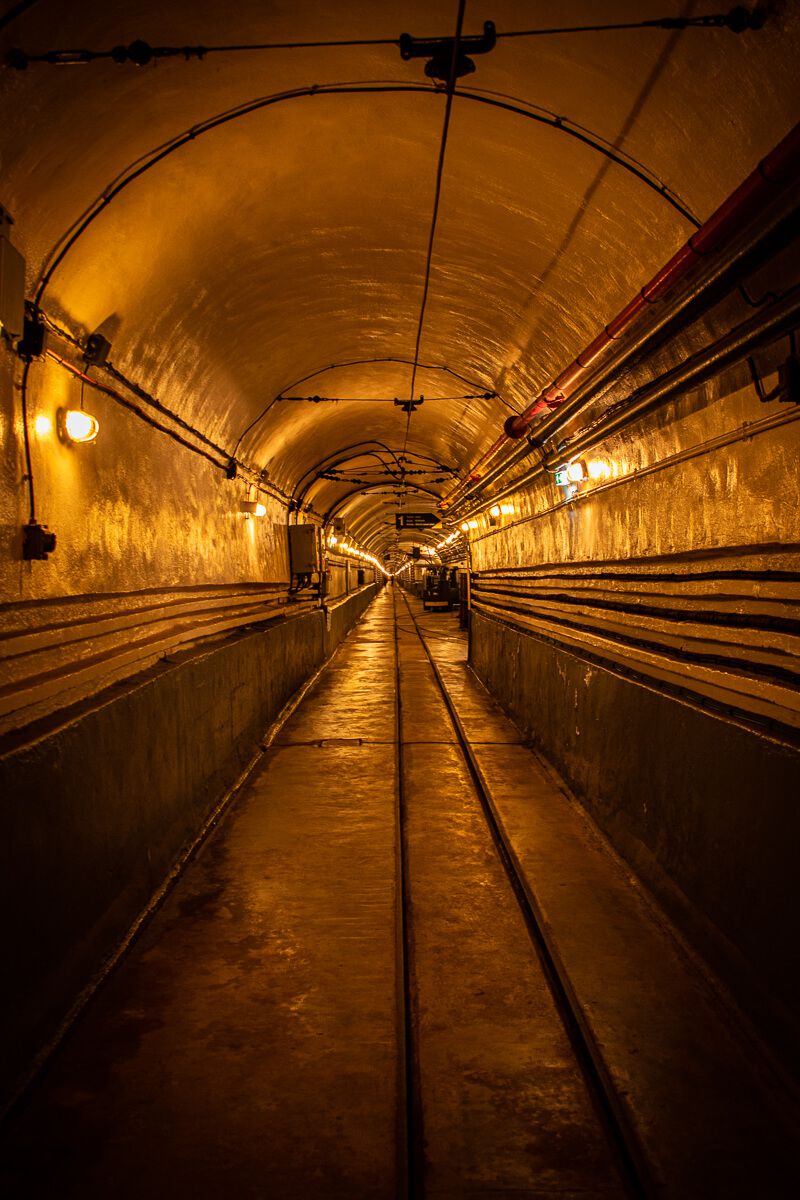

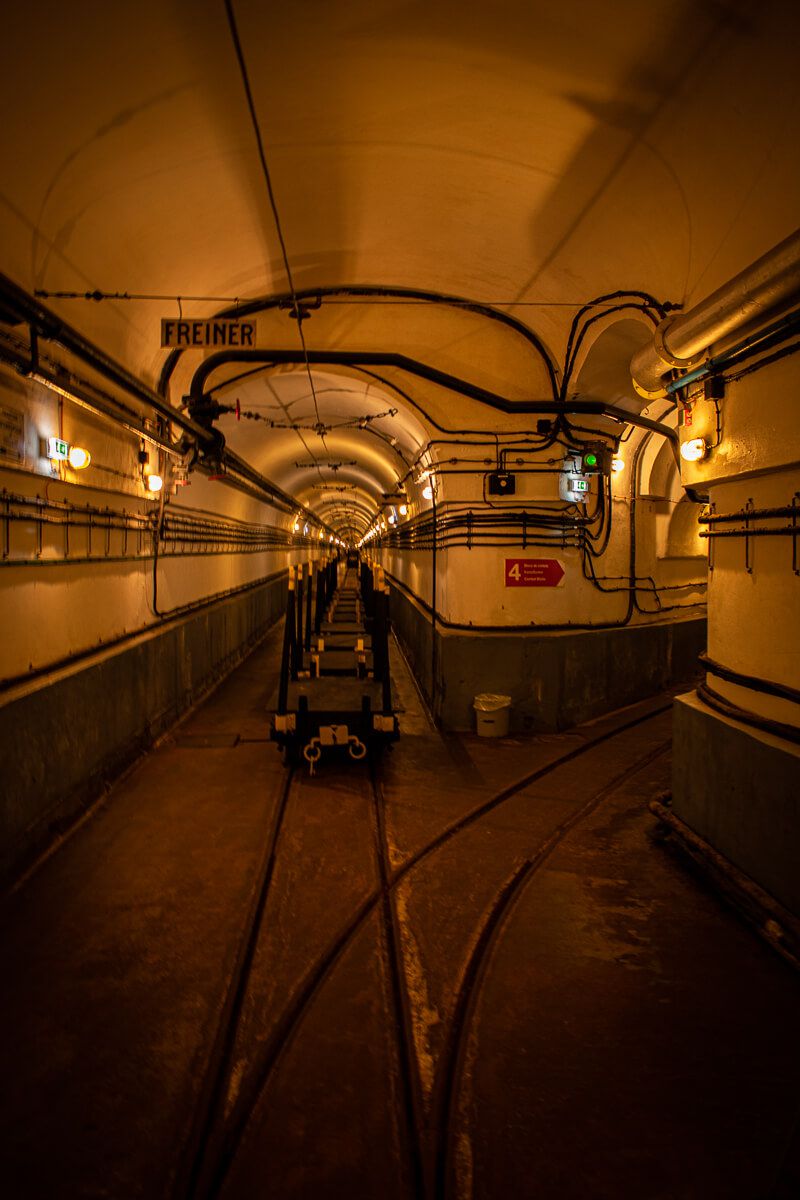

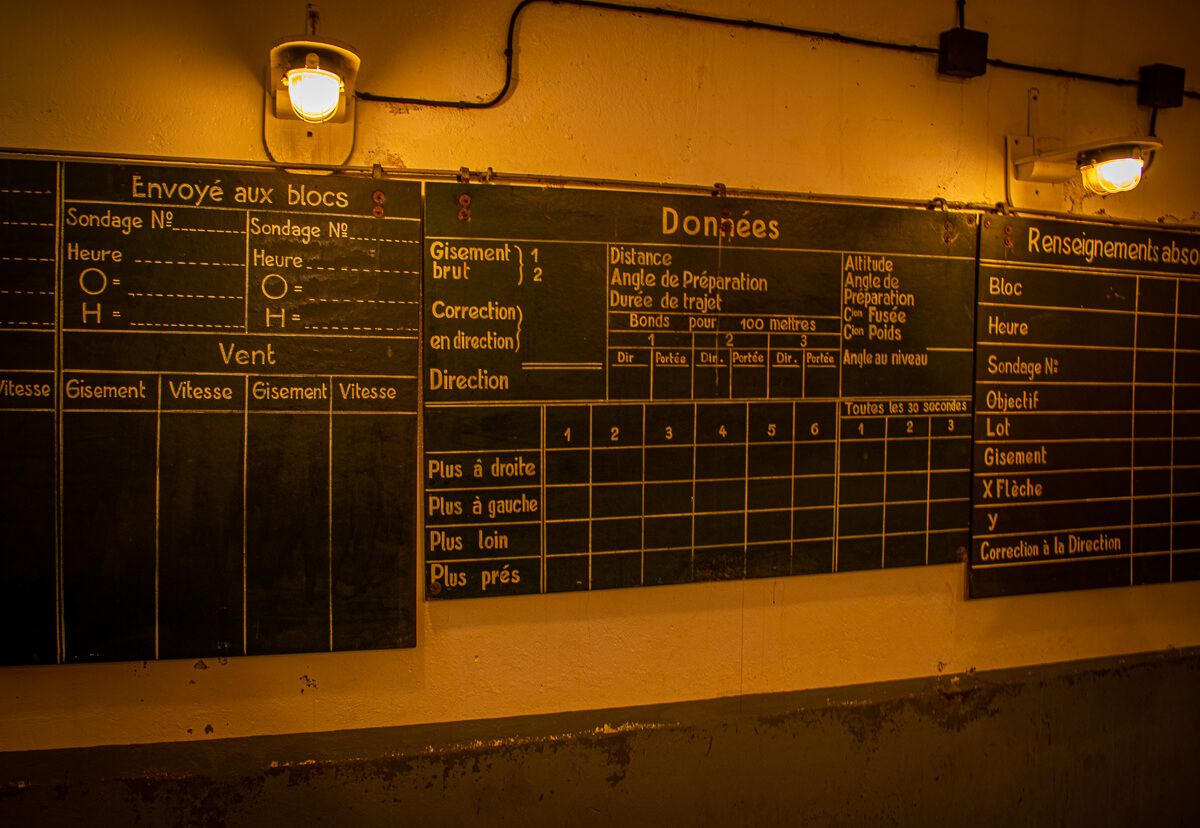

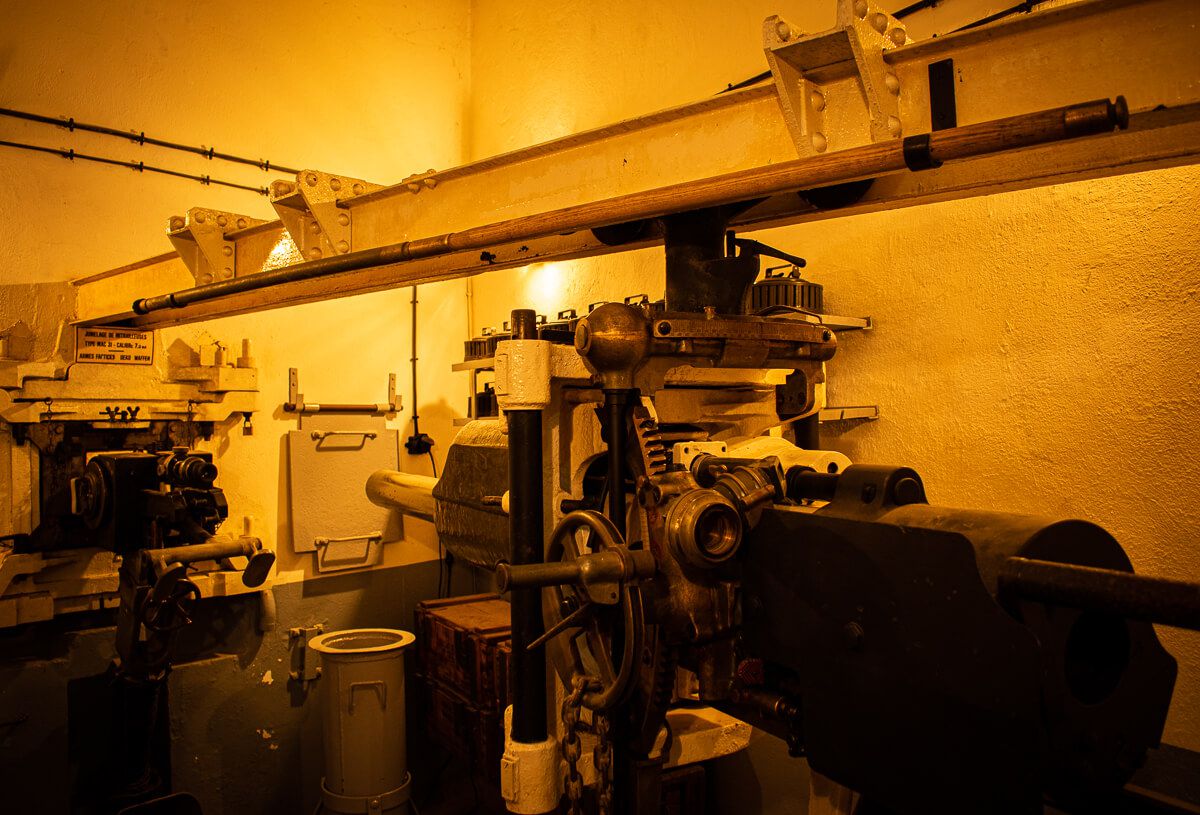


Practical information
Rates and Schedules
Buy your ticket for the visit of the Schoenenbourg Fort directly here
Access
By car
- 62,5 km from Strasbourg (52 minutes)
- 132 km from Colmar (1h39)
- 168 km from Mulhouse (2h10)
By public transport
The Fort is not served by public transportation.

